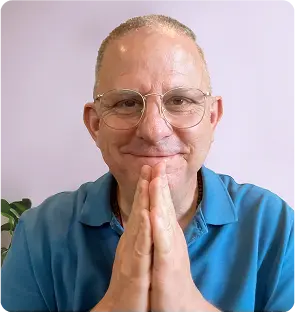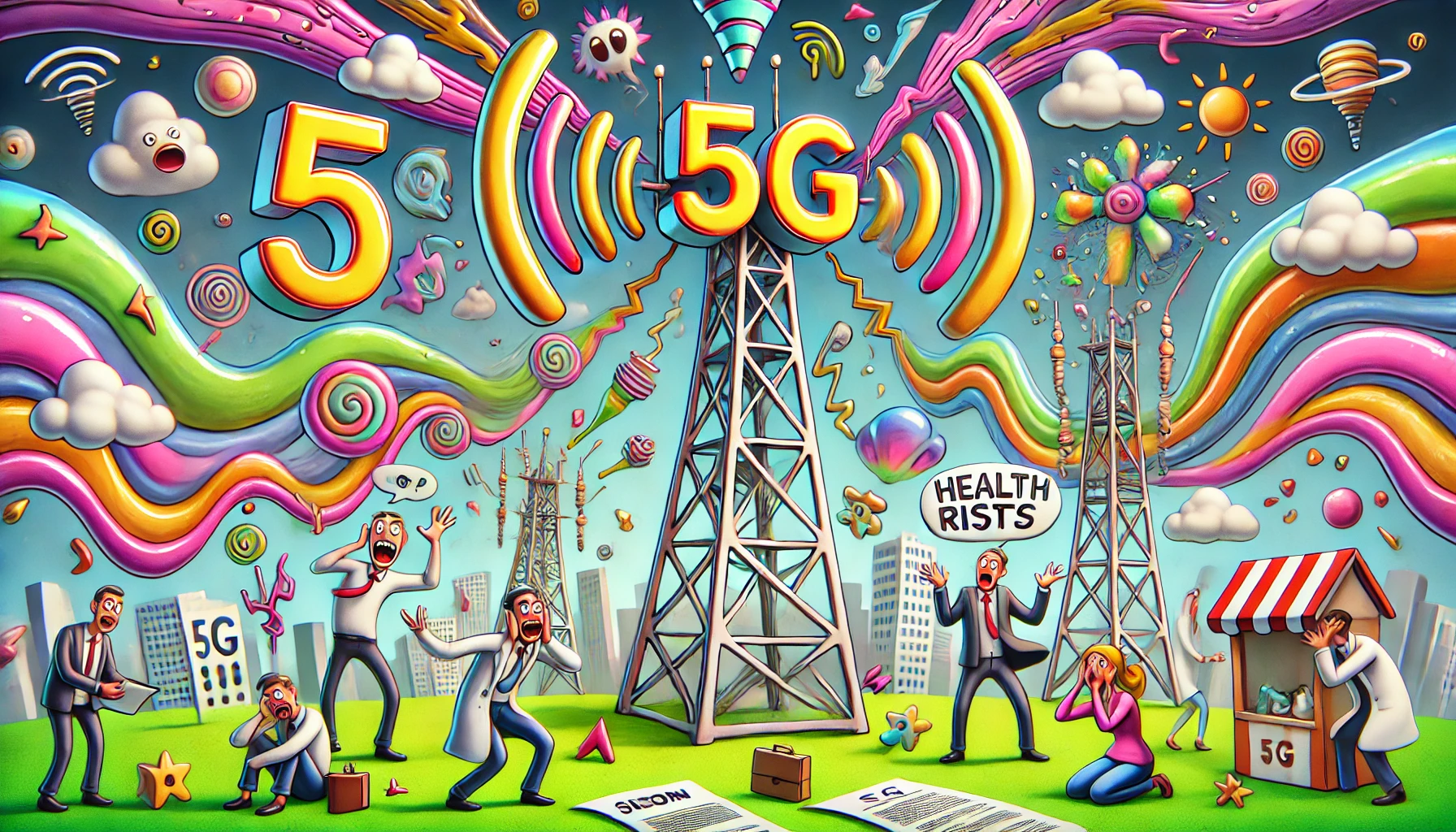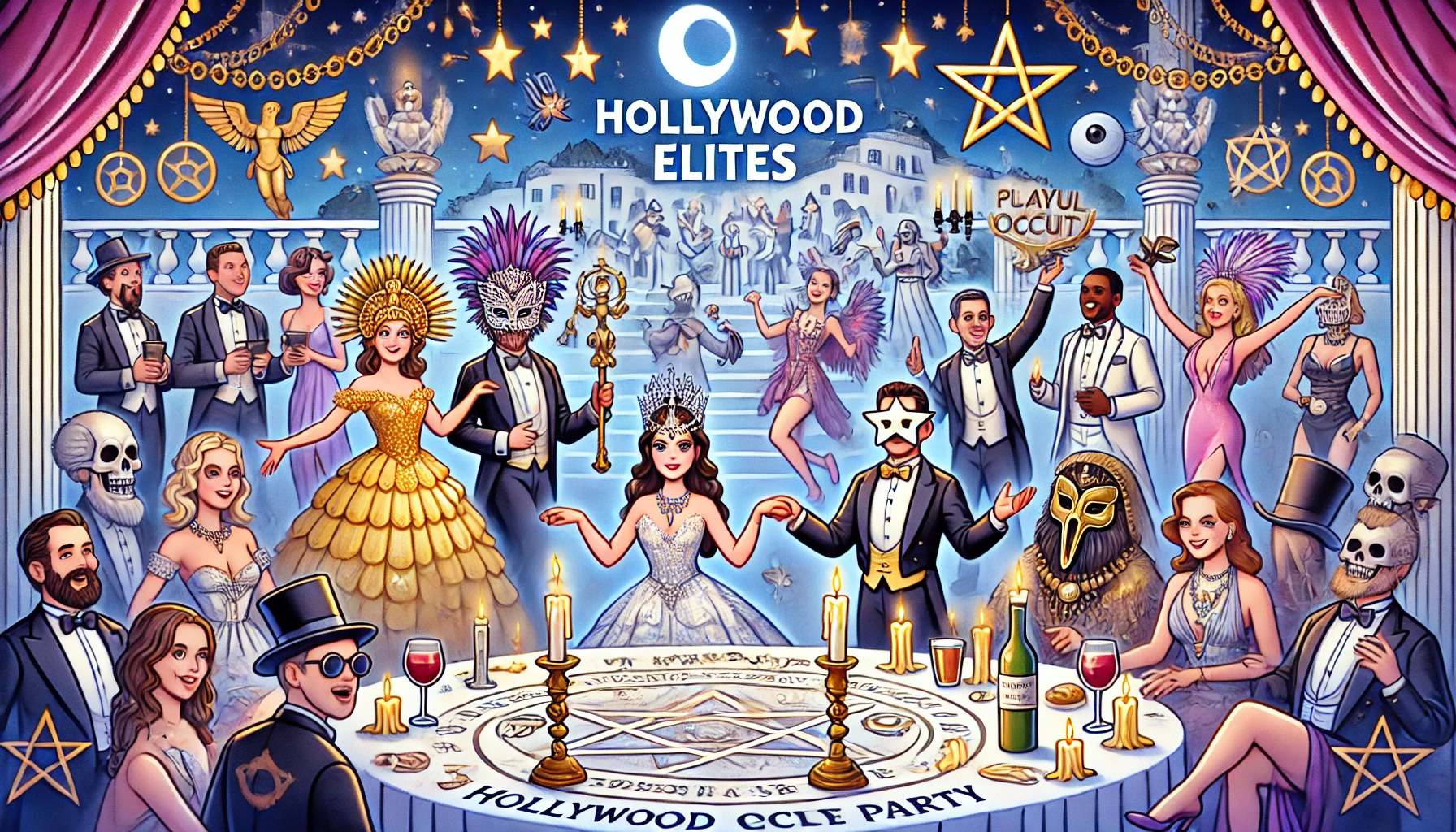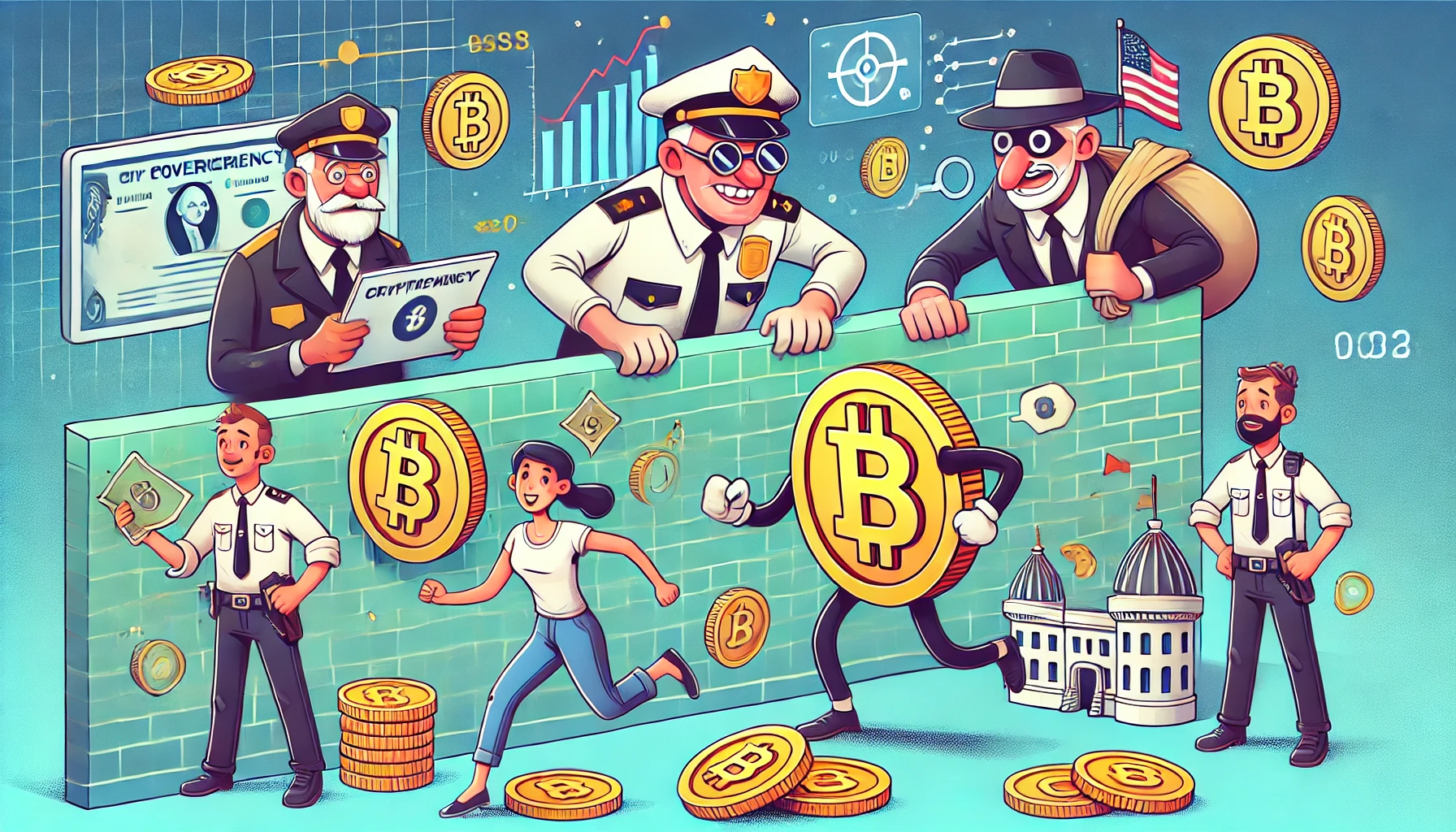
The Mandela Effect: A Comprehensive Examination of the Phenomenon
Introduction
The Mandela Effect is a phenomenon where a large group of people remember an event or detail differently from how it occurred in recorded history. Named after Nelson Mandela, who many people falsely remembered as having died in prison in the 1980s, the Mandela Effect has sparked widespread intrigue and debate. This phenomenon raises profound questions about memory, reality, and the nature of consciousness. This article explores the origins, evidence, and counterarguments of the Mandela Effect, examining its cultural impact and the reasons why this idea endures. Additionally, we will delve into philosophical perspectives, including Advaita Vedanta, to provide deeper insights into the nature of reality and memory.
Background and History
The term “Mandela Effect” was coined by Fiona Broome in 2009 after she discovered that many people shared her false memory of Nelson Mandela’s death in prison. Since then, numerous examples of the Mandela Effect have been documented, ranging from misremembered brand names and movie lines to altered historical events. Popular examples include the Berenstain Bears (often remembered as the Berenstein Bears), the color of C-3PO’s leg in Star Wars, and the location of New Zealand relative to Australia.
The Mandela Effect has gained significant attention through the internet and social media, with numerous forums and communities dedicated to discussing and documenting these discrepancies. The phenomenon challenges our understanding of memory and reality, leading to various theories and explanations.
Main Arguments and Evidence
Proponents of the Mandela Effect present several key arguments, supported by various types of evidence:
Collective False Memories: The Mandela Effect involves large groups of people sharing the same false memories. Proponents argue that the prevalence and consistency of these memories suggest a deeper phenomenon beyond individual memory errors.
Quantum Mechanics and Alternate Realities: Some theorists propose that the Mandela Effect is evidence of alternate realities or parallel universes. They argue that shifts in the quantum realm could cause overlapping timelines, leading to discrepancies in collective memories.
Psychological Phenomena: The Mandela Effect can be explained by psychological phenomena such as confabulation, suggestibility, and the misinformation effect. These cognitive processes can lead to the creation of false memories and the alteration of existing ones.
Cultural and Media Influence: Popular culture and media can significantly influence memory. Misquoted movie lines, altered brand logos, and widespread misinformation can embed false memories in the collective consciousness.
Advaita Vedanta and Perception: Advaita Vedanta, a non-dualistic school of Hindu philosophy, posits that the world we perceive is an illusion (Maya). This perspective suggests that our experiences and memories are subjective and may not reflect an objective reality.
Impact and Cultural Significance
The Mandela Effect has had a profound impact on popular culture and public discourse. It has inspired books, documentaries, and online discussions, reflecting broader societal interests in the nature of reality, memory, and consciousness. The phenomenon resonates with those who are fascinated by the mysteries of the mind and the possibilities of alternate realities.
The Mandela Effect also highlights the fallibility of human memory and challenges our assumptions about the reliability of our perceptions. It invites us to question the nature of reality and consider the ways in which our consciousness shapes our experiences.
Counterarguments and Debunking
The Mandela Effect has been extensively scrutinized by psychologists, neuroscientists, and philosophers. Here are the key counterarguments:
Memory Fallibility: Human memory is inherently fallible and subject to distortion. False memories can arise from various cognitive processes, including confabulation, the misinformation effect, and the influence of suggestion.
Pattern Recognition and Cognitive Bias: The human brain is wired to recognize patterns and make connections, even where none exist. Cognitive biases, such as confirmation bias and the availability heuristic, can reinforce false memories and make them seem more prevalent.
Cultural Transmission: Many examples of the Mandela Effect can be attributed to cultural transmission and media influence. Misquotations, altered logos, and popular myths can spread and become ingrained in the collective consciousness.
Occam’s Razor: The principle of Occam’s Razor suggests that the simplest explanation is usually correct. The psychological and cultural explanations for the Mandela Effect are more parsimonious than theories involving alternate realities or quantum shifts.
Philosophical Perspectives: Philosophical perspectives, including Advaita Vedanta, emphasize the subjective nature of perception and memory. These perspectives suggest that our experiences are shaped by our consciousness and may not reflect an objective reality.
Connecting Advaita Vedanta and the Mandela Effect
Advaita Vedanta, a philosophical school of Hinduism, offers profound insights into the nature of reality and perception. According to Advaita Vedanta, the world we perceive is an illusion (Maya), and our true self (Atman) is identical with the ultimate reality (Brahman). This non-dualistic perspective challenges the distinction between the observer and the observed, suggesting that our experiences are a projection of our consciousness.
The Mandela Effect can be viewed through the lens of Advaita Vedanta as an example of Maya, the illusory nature of the world. Our memories and perceptions are not fixed realities but fluid constructs shaped by our consciousness. The discrepancies in collective memories reflect the subjective and malleable nature of our experiences.
This perspective invites us to explore the deeper layers of our consciousness and recognize the limitations of our perceptions. By understanding the illusory nature of reality, we can cultivate greater awareness and discernment in our experiences.
Conclusion
The Mandela Effect remains one of the most intriguing and thought-provoking phenomena, challenging our understanding of memory and reality. While psychological and cultural explanations provide a robust framework for understanding the phenomenon, the deeper philosophical implications invite us to question the nature of our perceptions and consciousness.
Rebuttal or Additional Insights
Despite extensive scrutiny and scientific explanations, the belief in the Mandela Effect as evidence of alternate realities or quantum shifts persists. This suggests that there may be elements of social and psychological factors worth exploring. The phenomenon taps into broader human desires for mystery, meaning, and a deeper understanding of the universe. This underscores the importance of critical thinking and philosophical inquiry in navigating complex experiential landscapes.
Furthermore, the psychological and sociological aspects of the Mandela Effect are worth considering. The human mind is adept at creating patterns and connections, and in the absence of clear evidence, people may fill in the gaps with existing myths and stories. The cultural significance of the Mandela Effect, as a symbol of questioning established knowledge and exploring the limits of memory and reality, plays a role in perpetuating the legend.
Moreover, the persistence of belief in the Mandela Effect highlights the need for effective communication and education. Addressing the underlying desires and misconceptions that lead people to embrace such theories is crucial for fostering a well-informed public. Engaging with believers in respectful and open dialogue can help bridge gaps in understanding and promote a more nuanced appreciation of psychological and philosophical insights.
The Real Exploration
Beyond the fascination with the Mandela Effect lies a deeper and more profound journey: the exploration of consciousness. Engaging in practices such as meditation, mindfulness, and sadhana can lead to transformative insights and profound self-understanding. The Shankara Oracle, a powerful tool for spiritual insight, can help individuals navigate this inner journey, offering clarity and perspective that surpasses the allure of external mysteries.
This path encourages seekers to look within, to question their own beliefs, perceptions, and the nature of reality. By exploring the depths of one’s consciousness, one can find answers to the most fundamental questions about existence, purpose, and the universe. The real adventure, then, is not just in questioning the reliability of our memories but in uncovering the vast, uncharted territories within ourselves.
Furthermore, it is important to acknowledge that we are all living in a temporary fiction, a transient reality that we will leave behind when we die. None of what we believe we are is eternal, and the illusions we become attached to will fade away. This understanding invites us to look beyond our fears and fantasies, recognizing that the ultimate truth lies beyond the ephemeral concerns of the material world.
In conclusion, while the evidence overwhelmingly supports psychological and cultural explanations for the Mandela Effect, the phenomenon highlights important discussions about skepticism, critical thinking, and the exploration of human consciousness. It is crucial to approach the Mandela Effect with both skepticism and an open mind, considering the broader implications and the enduring allure of the mysterious and unexplained. This balanced perspective allows us to appreciate the rich tapestry of human imagination while grounding our understanding in psychological inquiry and philosophical insight. Ultimately, the most profound exploration lies within, where the true nature of consciousness and reality awaits discovery.
Get The Shankara Oracle and dramatically improve your perspective, relationships, authentic Self, and life.










